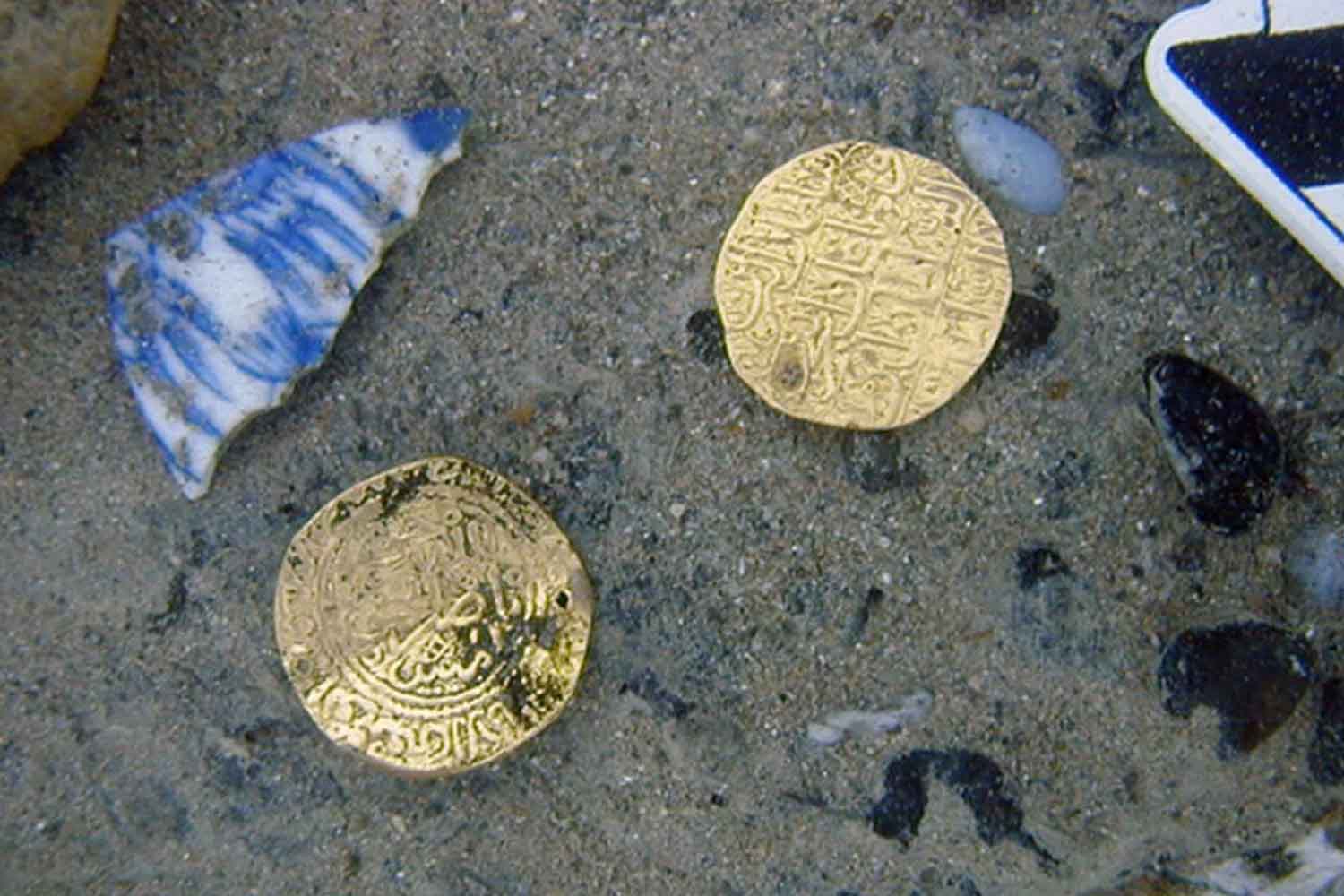American archaeologists uncover the likely wreck of a legendary Portuguese ship looted by pirates in 1721, revealing a deeper, darker story of power, loss, and historical amnesia.

©Center for Historic Shipwreck Preservation
In the heart of the Indian Ocean, off the northeastern coast of Madagascar, lies Nosy Boraha—once known as Île Sainte-Marie. Quiet and still, its sandy seabed has kept a secret for more than 300 years. Now, after sixteen years of relentless underwater research, two American archaeologists, Brandon Clifford and Mark Agostini, believe they’ve uncovered the final resting place of one of the most storied pirate hauls in maritime history: the wreck of the Nossa Senhora do Cabo, a Portuguese ship looted in 1721 by the infamous pirate Olivier Levasseur, known as “La Buse”, or “The Buzzard.”
Their discovery, published in the journal Wreckwatch, draws from sonar scans, historical documentation, and the recovery of over 3,300 artifacts. While the study is still awaiting peer review, the evidence they’ve assembled paints a picture that’s both historically grounded and deeply evocative.
A ship of gold, violence, and forgotten souls
The Cabo—as it’s often referred to—began its final voyage in January 1721, departing Goa, India, en route to Lisbon. Onboard were the outgoing viceroy of Portuguese India, the Archbishop of Goa, and more than 200 enslaved people taken from Mozambique. The ship was heavy not only with riches, but with human tragedy.
On April 8th, 1721, off the coast of Réunion Island, the ship was ambushed by Levasseur’s pirate fleet. Weakened by a storm and nearly defanged of its artillery, the Cabo was easy prey. The pirates took everything—without resistance.
According to historical records, the loot included gold and silver ingots, rare coins, silks, and over 400 gemstones, among them 110 diamonds and 250 emeralds. Clifford and Agostini estimate the treasure’s modern-day value exceeds $150 million (approximately €138 million).
But the treasure wasn’t just material. It carried lives, stories, and suffering—much of which was swallowed by the ocean. Only the viceroy was ever ransomed. The fate of the Archbishop and the enslaved men and women remains unknown.
Discovering the Cabo: more than myth
Clifford and Agostini believe the Cabo eventually sank in the protected bay of Nosy Boraha, some 400 miles (about 650 kilometers) from the site of the original attack. Seabed surveys revealed a cluster of ballast stones that match the architecture of a large Portuguese vessel. Nearby, the archaeologists uncovered curved timbers from the ship’s hull and scattered artifacts, many of which remain buried beneath the sand.
Among the objects recovered were wooden and ivory religious figures, likely crafted in Goa for Lisbon’s churches. One depicts the Virgin Mary, another bears the inscription “INRI”—Latin for “Jesus of Nazareth, King of the Jews.”
The site has also yielded gold coins with Arabic inscriptions, Asian porcelain fragments, and luxury ceramics. As Agostini explained:
The site is extraordinary and still hides so much. It will take time, patience, and respect to bring everything the sea has preserved to light
But Nosy Boraha is more than an exotic backdrop for pirate lore. In the 18th century, it was a strategic hub of international piracy. Pirates favored it for its lack of colonial oversight, calm waters, and proximity to trading routes. Sinking looted ships was a common tactic to hide evidence—and treasure.
Clifford estimates that between seven and ten ships—both pirate vessels and their captured prey—lie at the bottom near Nosy Boraha. At least four distinct wrecks have already been identified in just one bay.
Yet, as Agostini laments:
It’s a place forgotten by scholarship, but essential to understanding the often-violent clash between empires, commerce, piracy, and resistance
The enslaved: the forgotten heart of the wreck
While the idea of lost treasure and infamous pirates captures the public imagination, the real heart of this story lies deeper—and darker. More than 200 human beings were locked in the ship’s hold, enslaved and unseen. What happened to them after the attack? No one knows.
Historical memory, like the ocean, often hides what it finds inconvenient. The powerful are remembered; the powerless are forgotten. Yet every fragment of porcelain, every rotting plank, and every hand-carved icon becomes a fragile voice, rising from the deep.
Clifford and Agostini’s work is more than underwater excavation—it’s historical restitution. It’s about rescuing memory, not just gold.
In the silence between coral and sand, history persists. All it needs is someone willing to listen.
Source: Center for Historic Shipwreck Preservation – Wreckwatch
